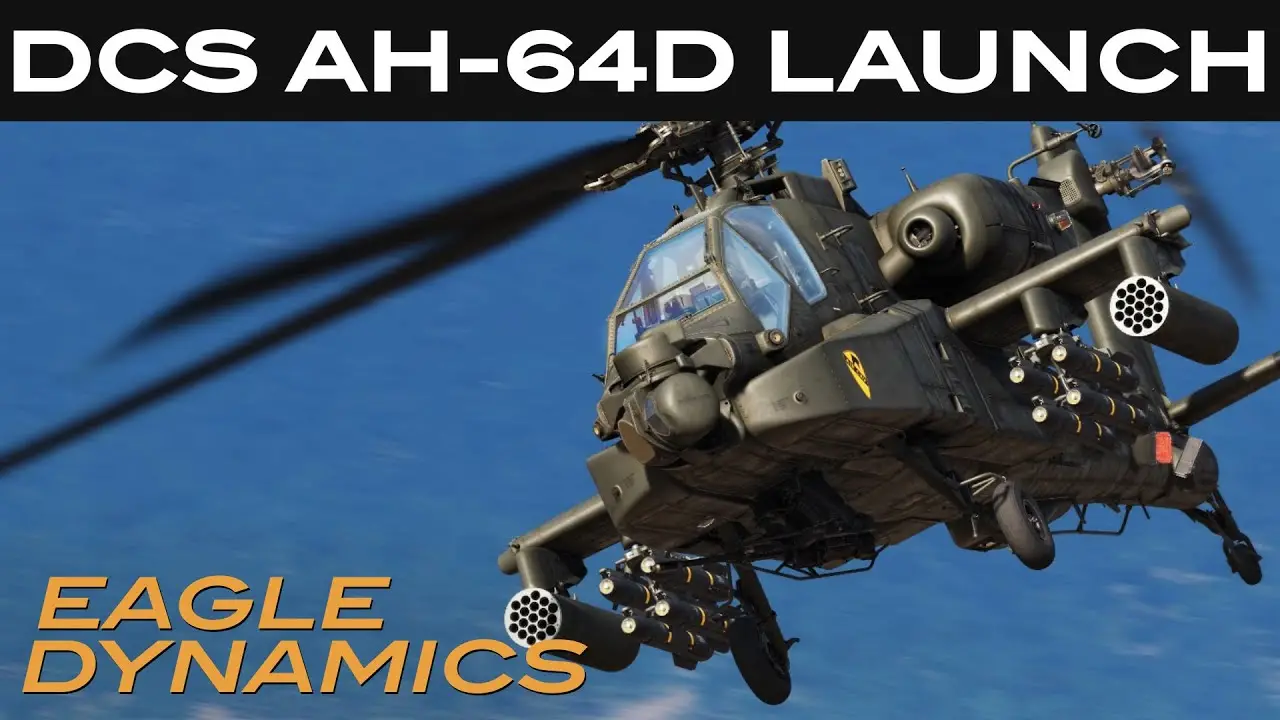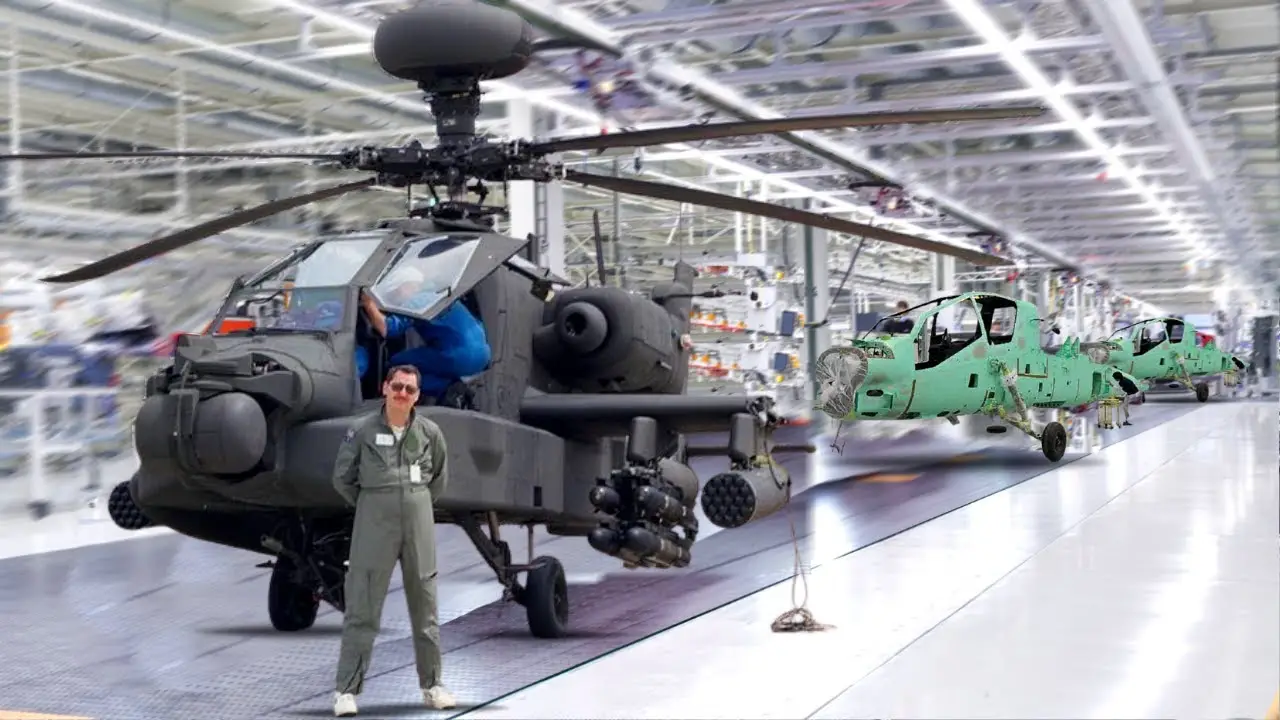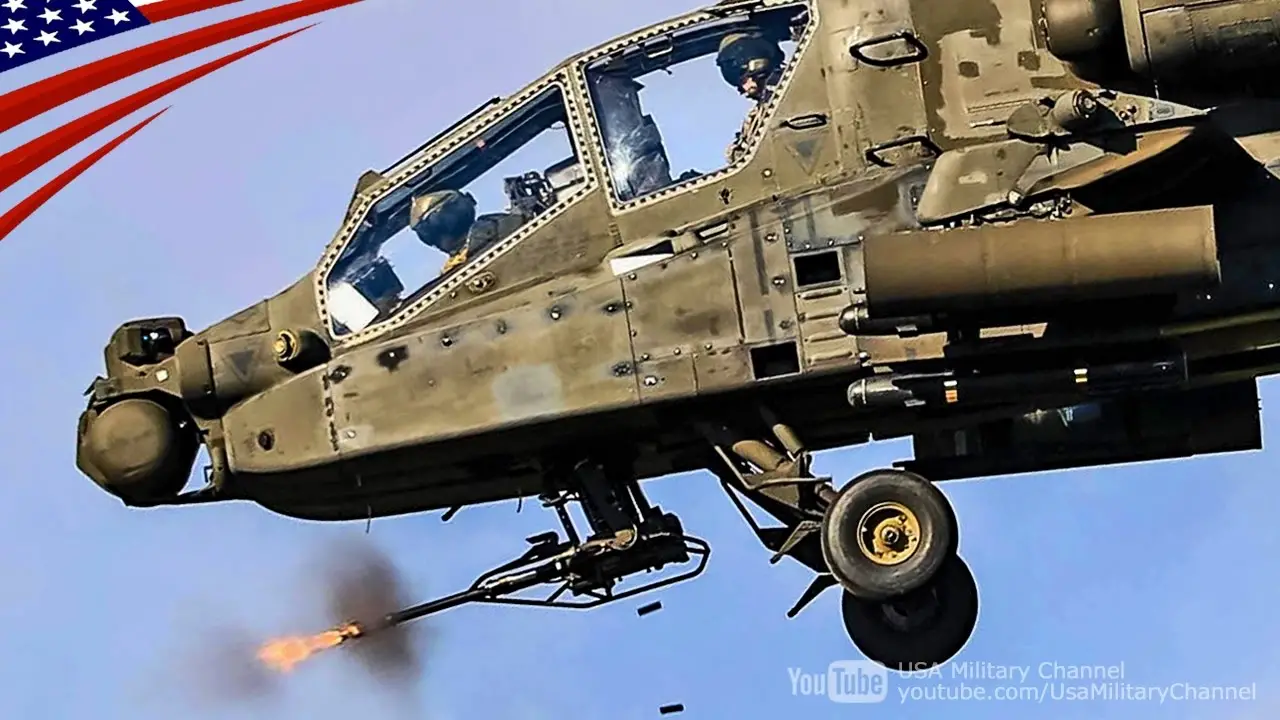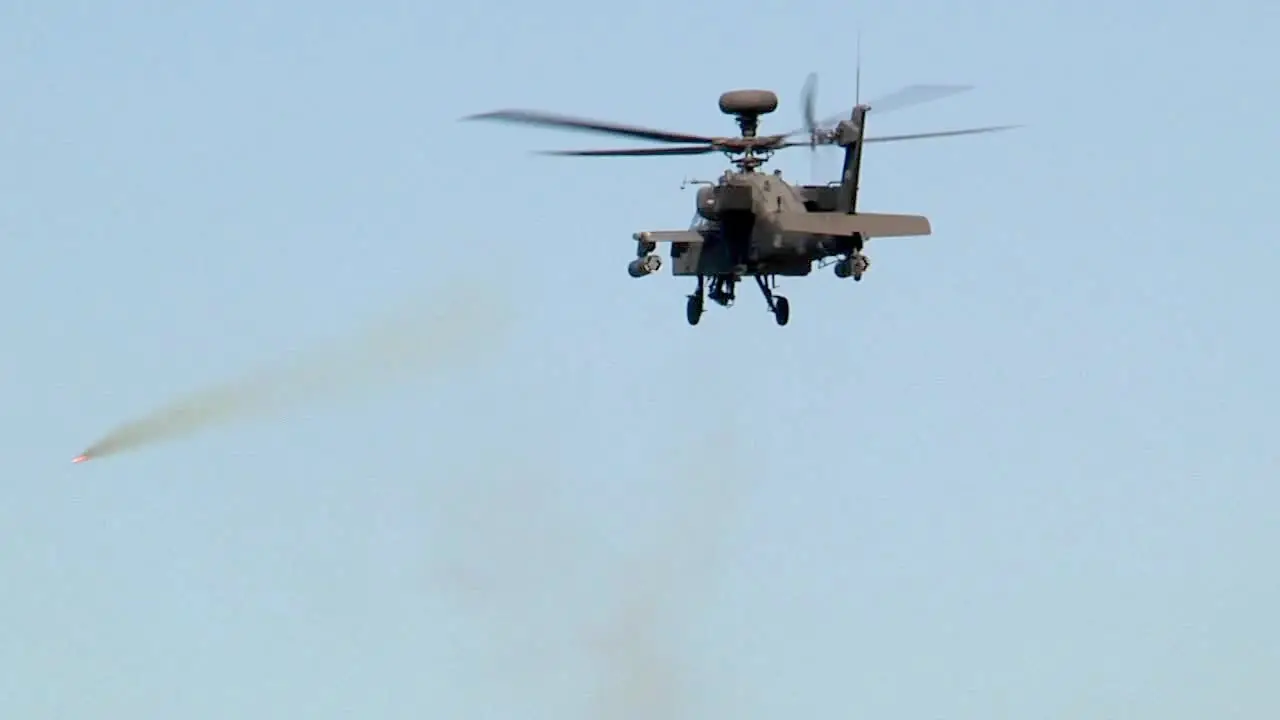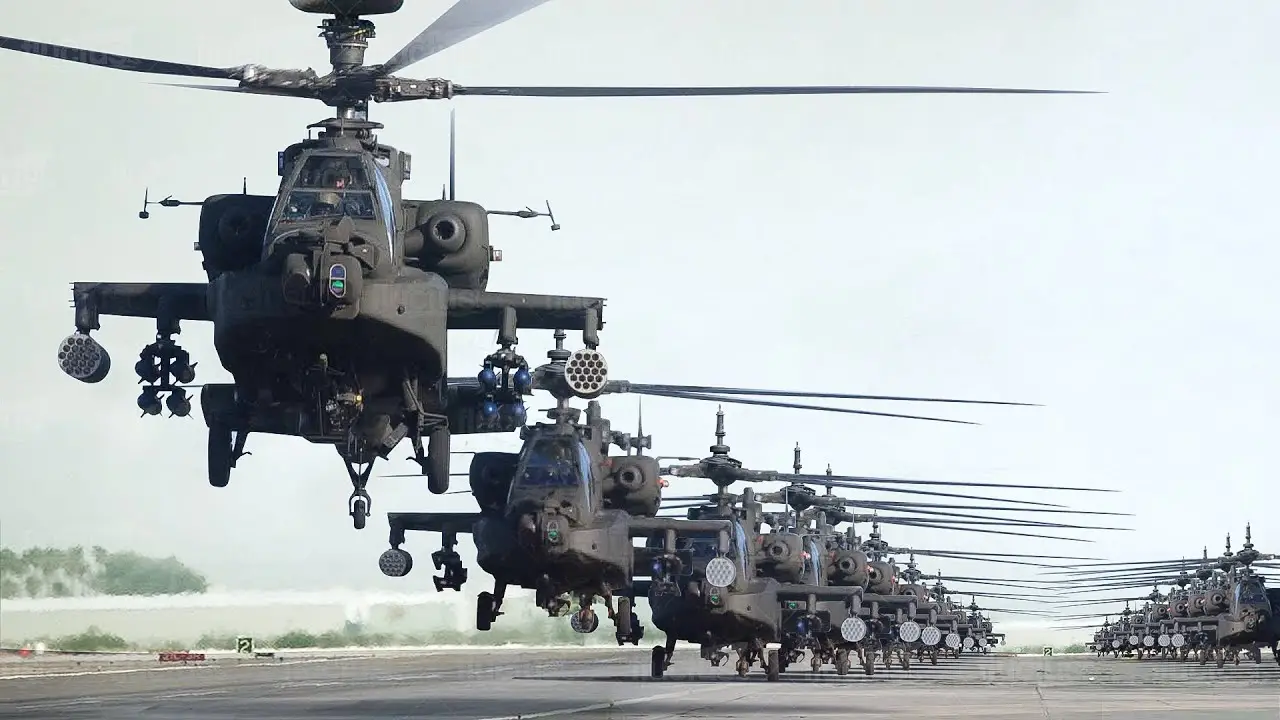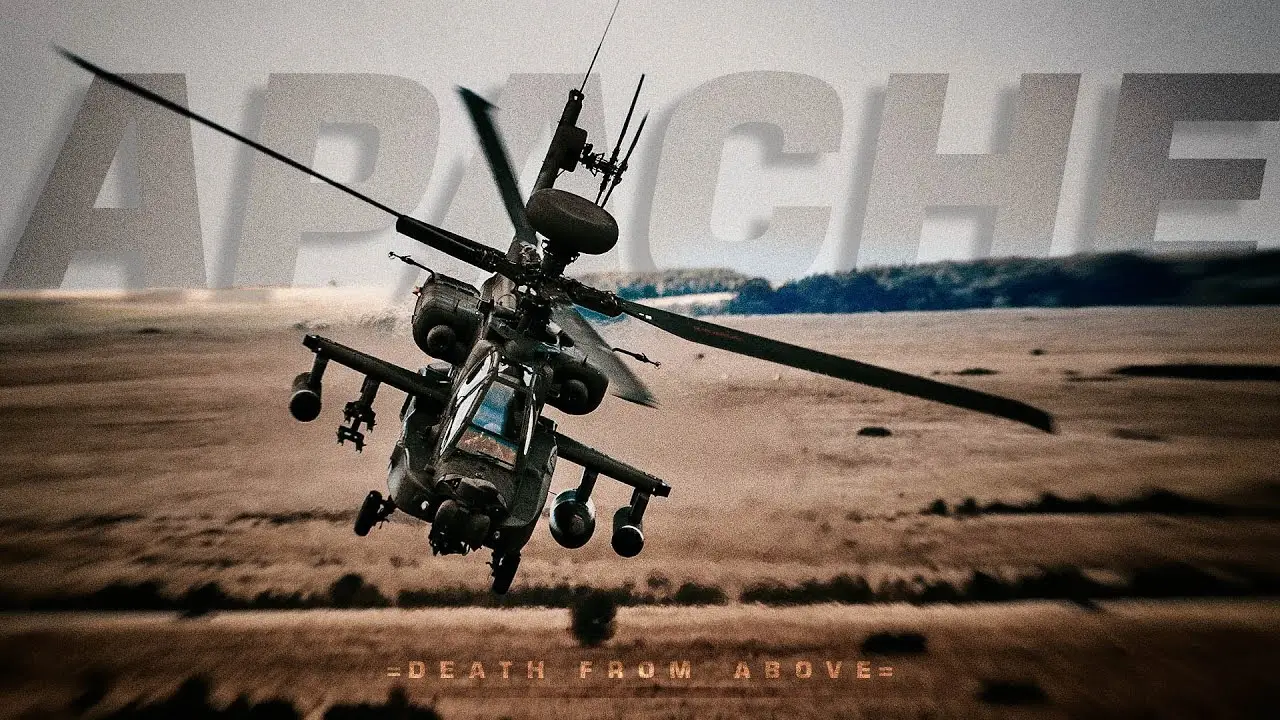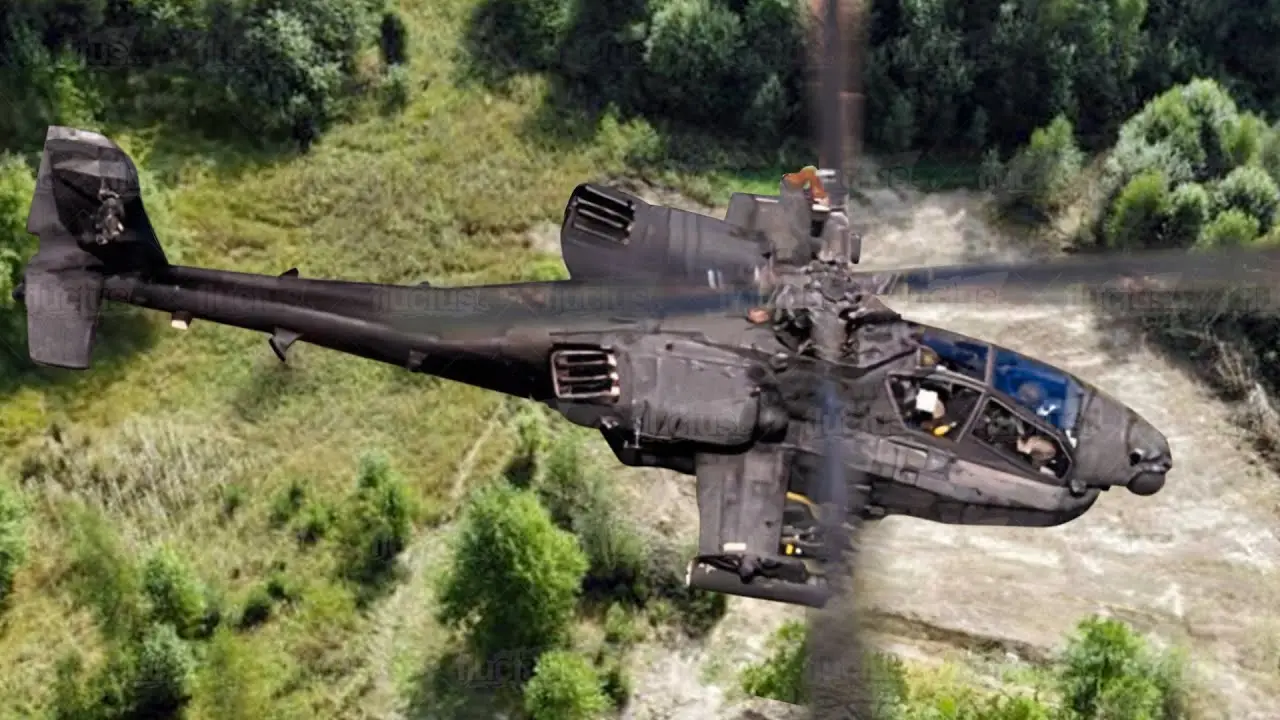the AH-64 Apache History, Features, and More
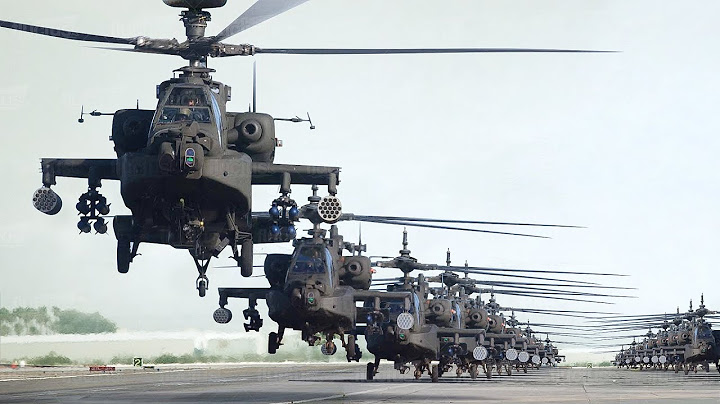
The AH-64 Apache is a legendary attack helicopter that has served in the United States Army for over three decades. With its iconic silhouette and formidable firepower, the Apache has become a symbol of modern military technology. In this guide, we will explore the history, design, combat capabilities, and controversies surrounding the AH-64 Apache.
Introduction to AH-64 Apache
The AH-64 Apache was first developed in the 1970s as a response to the changing nature of warfare. The use of helicopters in the Vietnam War demonstrated their potential as effective weapons platforms, but it also highlighted the need for a dedicated attack helicopter. Thus, the AH-64 Apache was born, with the primary goal of providing close air support and anti-tank capabilities to ground forces.
Since its introduction in 1986, the Apache has undergone numerous upgrades and improvements, solidifying its position as one of the most advanced attack helicopters in the world. It has also seen action in several conflicts, proving its effectiveness and reliability in combat.
History of AH-64 Apache
The development of the AH-64 Apache began in 1972 when the U.S. Army issued a request for proposals for a new attack helicopter. After rigorous testing and evaluation, Hughes Helicopters (now Boeing) was awarded the contract in 1976. The original design included a tandem cockpit for pilot and gunner, advanced avionics, and powerful engines. However, it faced numerous challenges during its development, including budget cuts and technical issues.
After years of delays and setbacks, the first production model of the AH-64 Apache was delivered to the U.S. Army in 1984. It quickly became evident that the Apache was a game-changing weapon system, with its advanced targeting systems, Hellfire missiles, and 30mm chain gun. It saw its first combat in Operation Just Cause in Panama in 1989, where it proved to be a formidable force against the enemy.
Since then, the Apache has been used in several conflicts, including the Gulf War, Afghanistan, and Iraq. It has continuously evolved and improved to keep up with changing battlefield needs, making it a crucial part of the U.S. Army’s arsenal.
Timeline of Major Events
| Year | Event |
|---|---|
| 1976 | Hughes Helicopters awarded contract for AH-64 Apache development |
| 1984 | First production model delivered to U.S. Army |
| 1989 | Apache sees first combat in Panama |
| 1991 | Gulf War |
| 2001 | First use of Apache in Afghanistan |
| 2003 | Invasion of Iraq |
| 2011 | Introduction of AH-64E variant |
| 2020 | Over 2,500 Apache helicopters produced |
Design and Features of AH-64 Apache
The AH-64 Apache’s design is heavily influenced by its main role as an attack helicopter. It is built to withstand heavy fire and provide maximum firepower to ground troops. Let’s take a closer look at the different features that make the Apache a fearsome weapon of war.
Airframe and Cockpit
The Apache has a sleek, streamlined airframe designed to enhance speed and agility. Its front tandem cockpit layout allows for better visibility and communication between the pilot and gunner. The cockpit also has armor plating to protect the crew from small arms fire and shrapnel. Additionally, the Apache is equipped with advanced night vision technology, making it effective in low-light conditions.
Avionics and Weapons Systems
One of the defining features of the AH-64 Apache is its sophisticated avionics and weapons systems. It is equipped with a Longbow fire control radar, which can detect targets at long ranges and provide guidance for Hellfire missiles. The Apache also has a Target Acquisition Designation Sight (TADS), which provides both day and night targeting capabilities.
In terms of weapons, the Apache is armed with 16 Hellfire missiles, Hydra-70 rockets, and a 30mm chain gun with 1,200 rounds of ammunition. It can also be equipped with air-to-air missiles for self-defense purposes.
Engines and Performance
The AH-64 Apache is powered by two T700 turboshaft engines, providing a total of 3,400 horsepower. This allows it to reach a top speed of 182 mph and a range of approximately 300 miles. It also has a service ceiling of 21,000 feet, making it capable of operating in high-altitude environments.
AH-64 Apache in Combat
The Apache has proven its worth in numerous combat operations, showcasing its versatility and effectiveness in different scenarios. Its primary role is to provide close air support to ground troops, but it is also used for reconnaissance, convoy escort, and anti-tank missions.
During Operation Desert Storm in 1991, the Apache played a significant role in disrupting Iraqi forces and destroying enemy positions. It was also instrumental in the Battle of Fallujah in 2004, where it provided close air support to U.S. Marines on the ground.
In more recent conflicts such as Afghanistan and Iraq, the Apache has been used extensively in counterinsurgency operations, targeting enemy fighters and supporting coalition forces. Its advanced avionics and weapons systems make it a valuable asset in these types of conflicts, where precision strikes are crucial.
Variants of AH-64 Apache
Over the years, the AH-64 Apache has undergone several upgrades and modifications to keep up with changing battlefield needs. These variants include:
AH-64D Apache Longbow
The AH-64D Apache Longbow is the first major upgrade to the original Apache design. It features a Longbow fire control radar, improved target acquisition and designation capabilities, and upgraded engines. It also has increased survivability with the addition of a crash-resistant fuel system and infrared suppression measures.
AH-64E Apache Guardian
The AH-64E Apache Guardian is the latest variant of the Apache, currently in production. It incorporates several improvements over the AH-64D, including a more powerful engine, advanced sensors, and integration with unmanned aerial systems. The AH-64E also has an improved digital communications system, allowing for better coordination with ground troops and other aircraft.
Other Variants
Apart from the main variants mentioned above, there are also specialized versions of the AH-64 Apache, such as the AH-64C, which was sold to Saudi Arabia, and the AH-64A+ used by the National Guard. Additionally, the U.S. Army is currently developing a new variant called the AH-64F, which will feature even more advanced avionics and weapons systems.
Training for AH-64 Apache Pilots
Piloting an AH-64 Apache requires extensive training due to its complex design and advanced technology. The U.S. Army has a rigorous training program for Apache pilots, which includes classroom instruction, simulator training, and flight hours.
Initially, pilots undergo basic flight training to learn how to operate a helicopter. They then receive specialized training on the Apache’s unique systems and weapons. This training includes learning how to navigate using night vision goggles, perform precision strikes, and coordinate with ground forces.
After completing their training, Apache pilots are assigned to combat units, where they continue to refine their skills and gain experience through frequent missions and exercises.
Maintenance and Upkeep of AH-64 Apache
Maintaining the AH-64 Apache is a critical aspect of keeping it operational and battle-ready. It requires a team of skilled technicians and mechanics to ensure that each helicopter is in top condition. The maintenance process includes routine inspections, repairs, and upgrades.
The U.S. Army has a dedicated team of maintenance personnel for each Apache unit, responsible for conducting regular checks and addressing any issues that may arise. They also follow a strict maintenance schedule to ensure that all systems are functioning correctly.
Future of AH-64 Apache
Despite being in service for over three decades, the AH-64 Apache is still a critical component of the U.S. Army’s attack helicopter fleet. Its adaptability and continuous upgrades make it a formidable weapon in modern warfare.
However, as new technologies emerge, there have been talks of replacing the Apache with a more advanced attack helicopter. One potential replacement is the Future Attack Reconnaissance Aircraft (FARA), currently under development by the U.S. Army. It aims to provide even greater speed, range, and lethality than the Apache while incorporating unmanned capabilities.
Comparison with Other Attack Helicopters
The AH-64 Apache is often compared to other attack helicopters in use around the world. Let’s take a look at how it stacks up against its counterparts in terms of design, features, and performance.
Mi-28 Havoc
| AH-64 Apache | Mi-28 Havoc | |
|---|---|---|
| Introduced | 1986 | 2009 |
| Country | United States | Russia |
| Top Speed | 182 mph | 186 mph |
| Range | 300 miles | 465 miles |
| Crew | 2 | 2 |
| Weapons | Hellfire missilesHydra-70 rockets30mm chain gun | Ataka-V missiles9M120 Ataka missiles30mm autocannon |
Compared to the Mi-28 Havoc, the AH-64 Apache has a similar top speed and crew size, but the Havoc has a longer range and more diverse weapons options. However, the Apache’s advanced avionics and night vision capabilities give it an edge in low-light environments.
Eurocopter Tiger
| AH-64 Apache | Eurocopter Tiger | |
|---|---|---|
| Introduced | 1986 | 2003 |
| Country | United States | France/Germany |
| Top Speed | 182 mph | 196 mph |
| Range | 300 miles | 520 miles |
| Crew | 2 | 2 |
| Weapons | Hellfire missilesHydra-70 rockets30mm chain gun | Trigat missilesMistral air-to-air missiles68mm rocket pod |
Compared to the Eurocopter Tiger, the AH-64 Apache has a slightly slower top speed but a similar crew size. The Tiger has a significantly longer range and can carry a wider variety of weapons, including air-to-air missiles.
Controversies Surrounding AH-64 Apache
Like any weapon system, the AH-64 Apache has faced its fair share of controversies throughout its history. These include concerns about its high cost and accusations of causing civilian casualties in conflict zones.
The Apache is one of the most expensive attack helicopters in the world, with a unit cost of over $35 million. This has raised questions about its value for money, especially in an era of budget cuts and technological advancements.
Additionally, there have been allegations that Apache strikes have caused significant civilian casualties in conflicts like Iraq and Afghanistan. While the U.S. Army maintains strict rules of engagement and takes precautions to minimize collateral damage, accidents and mistakes can still occur in the chaos of war.
Despite these controversies, the AH-64 Apache remains a vital asset for the U.S. Army, and its effectiveness in combat cannot be denied.
Conclusion
The AH-64 Apache is a true masterpiece of modern military technology. With its advanced avionics, powerful weapons systems, and formidable performance in combat, it has solidified its position as one of the most iconic attack helicopters in the world. Its evolution over the years has proven its adaptability and relevance in modern warfare, and its future looks promising with ongoing upgrades and development.
Whether it’s providing close air support to ground troops or conducting reconnaissance missions, the AH-64 Apache is a vital asset for the U.S. Army. Its legacy will continue to inspire awe and admiration among military enthusiasts for generations to come.

